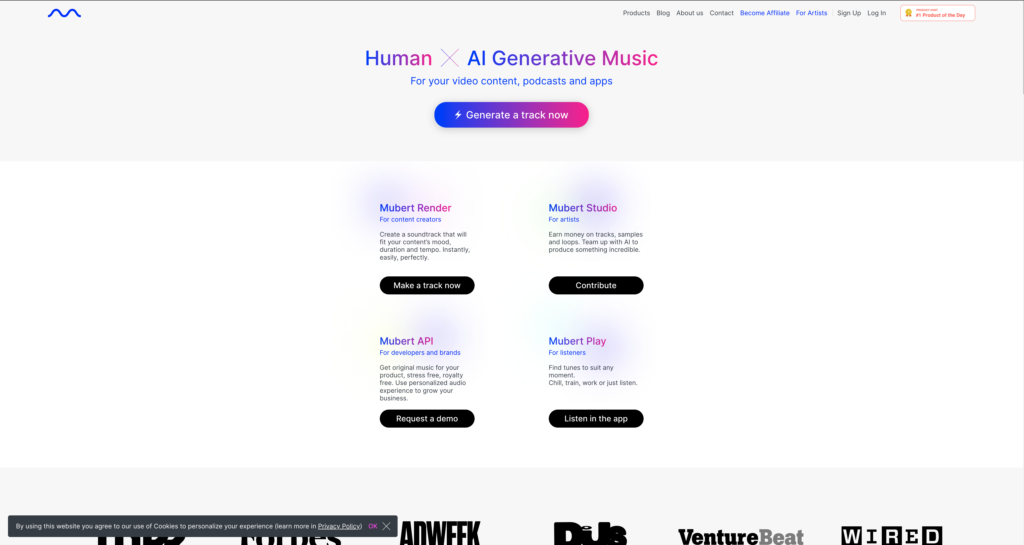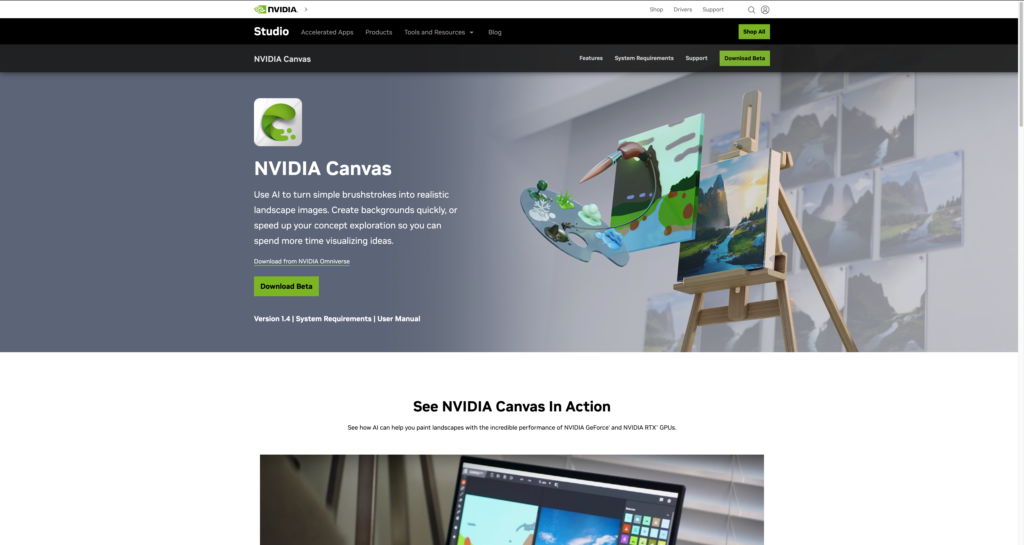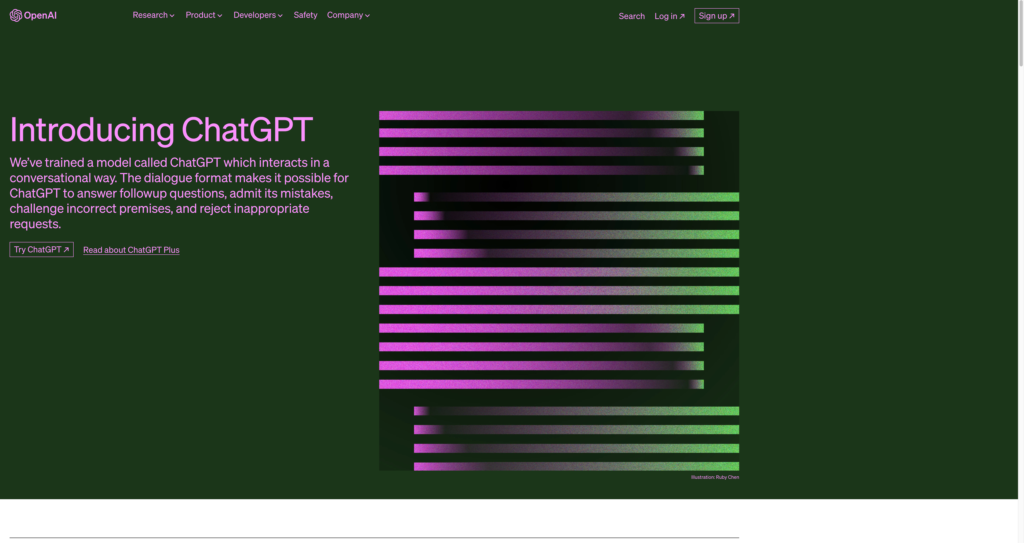Artificial Intelligence continues to revolutionize various industries by enabling advanced automation and intelligent decision-making. In recent years, several innovative platforms have emerged, leveraging AI to enhance creativity, music generation, content creation, and more. In this article, we will look into ten AI powered platforms, each with its unique capabilities and contributions to the Artificial Intelligence field.
Tables of Contents
Lexica.art is an AI-powered platform that combines art and AI technology to create captivating visuals and graphics. Through its advanced algorithms, Lexica.art can transform any input, such as images or text, into stunning visual representations. Artists, designers, and content creators can utilize Lexica.art to generate unique and visually striking artwork effortlessly.

Descript is an AI-driven platform that simplifies the process of editing audio and video content. Using AI, Descript enables users to transcribe, edit, and remix their multimedia files with ease. With features like automatic transcription and voice cloning, Descript revolutionizes the way professionals handle their media projects, saving them time and effort.

Mubert is an AI-driven music platform that uses generative algorithms to create unique and immersive music experiences. By leveraging AI technology, Mubert generates music in real-time based on the user’s preferences. Whether it’s for relaxation, productivity, or entertainment, Mubert offers a personalized music streaming experience tailored to individual tastes.

Uberduck.ai is an AI-powered platform that specializes in creating music with AI-generated vocals. By leveraging advanced machine learning algorithms, Uberduck.ai enables users to generate realistic and expressive vocals for their musical compositions. This imaginative platform provides artists, producers, and musicians with an effective tool to enhance their inventive process and explore new possibilities in music generation. With Uberduck.ai, users can experiment with different vocal styles, harmonies, and melodies, opening up a world of AI-driven musical collaboration.

Nvidia Canvas is an AI-powered tool developed by Nvidia, a leading technology company. It allows artists and designers to create lifelike images and artwork effortlessly. By sketching rough outlines, users can let the AI algorithms in Nvidia Canvas transform their drawings into stunning and realistic visuals, enhancing the creative process.

Replicate.com is an AI platform focused on helping businesses automate their workflows and optimize operations. By integrating AI algorithms, Replicate.com assists organizations in streamlining tasks, managing data, and improving overall efficiency. Its automation capabilities free up valuable time for employees, enabling them to focus on more strategic initiatives.

Lumalabs.ai is an AI-powered platform that specializes in computer vision and image recognition. With its advanced algorithms, Lumalabs.ai enables businesses to extract valuable insights from images and videos. Whether it’s analyzing customer behavior, detecting objects, or recognizing patterns, Lumalabs.ai offers a range of solutions to enhance decision-making and automate visual data processing.

ChatGPT, developed by OpenAI, is an AI-powered language model designed to engage in interactive and human-like conversations. With its natural language processing capabilities, ChatGPT can understand and respond to user queries, providing accurate and contextual information. From customer support chatbots to virtual assistants, ChatGPT powers various applications that improve user experiences.

Supermeme.ai is an AI-driven platform that combines humor and artificial intelligence to generate entertaining and viral memes. Leveraging cutting-edge AI algorithms, Supermeme.ai analyzes popular trends and meme formats, creating customized memes that resonate with online audiences. It enables users to create humorous and engaging content for social media platforms effortlessly.

Kaiber.ai is an AI-powered platform that focuses on content creation and curation. With its machine learning algorithms, Kaiber.ai assists writers and content creators in generating high-quality articles, blog posts, and social media content. It analyzes vast amounts of data and provides insights to optimize content strategies and improve engagement with target audiences.

These ten AI-powered platforms represent just a fraction of the innovative solutions emerging in the AI landscape. As technology continues to develop, we are able to anticipate even more exciting developments that tackle the control of AI to transform various industries.
Conclusion
In conclusion, the integration of AI into creative processes, music generation, content creation, and business operations has led to the emergence of numerous innovative platforms. Each of the platforms mentioned above brings its unique capabilities and contributions to their respective fields. As AI technology progresses, we can anticipate further advancements and the introduction of even more groundbreaking platforms.
Frequently Asked Questions
These AI-powered platforms cater to both individuals and businesses. While some platforms offer enterprise-level solutions, others provide user-friendly interfaces and tools for individual users as well.
Yes, artists and designers retain creative control when utilizing platforms like Lexica.art and Nvidia Canvas. These platforms serve as tools to enhance the creative process and provide additional inspiration and assistance to creators.
Descript’s voice cloning feature utilizes AI algorithms to analyse a person’s voice recordings and generate a synthetic voice that closely resembles their own. This enables users to make seamless edits to audio content or even create voiceovers without requiring the original speaker.
No, these platforms are designed to augment human capabilities and streamline processes. While AI can automate certain tasks and provide valuable insights, human professionals play a crucial role in decision-making, creativity, and adding a personal touch to the final output.
For detailed information about each platform, including their features, pricing, and user testimonials, it is recommended to visit their respective official websites. Additionally, online articles, reviews, and tutorials can provide further insights into their functionalities.

